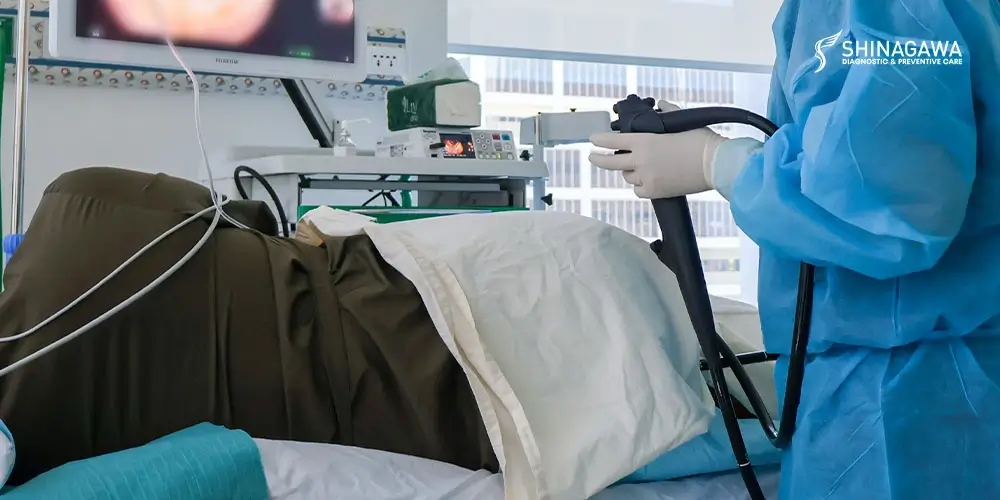Colonoscopy plays a critical role in detecting early signs of colon cancer and other gastrointestinal issues, making it one of the most important tools in preventive healthcare.
This is especially relevant in the Philippines, where colorectal cancer remains among the leading causes of cancer-related deaths. Despite its importance, many Filipinos continue to avoid the procedure, with the most common reason being the fear of pain.
It’s natural to wonder if a colonoscopy is uncomfortable or even painful. If you’re thinking about getting one but are feeling unsure or anxious, this short yet concise guide will help set your expectations and better understand the process.
Why colonoscopy can be painful
A colonoscopy involves the insertion of a flexible tube called a colonoscope into the rectum to view and examine the colon. Because of this approach, it’s easy to understand why it may cause concern about potential pain.
However, compared to other medical procedures, a colonoscopy is considered minimally invasive. This means that it is performed through natural body openings or small incisions, rather than requiring major surgery.
While some discomfort may be expected, it is generally safe and highly effective, especially when proper preparation, sedation, and expert medical care are in place.
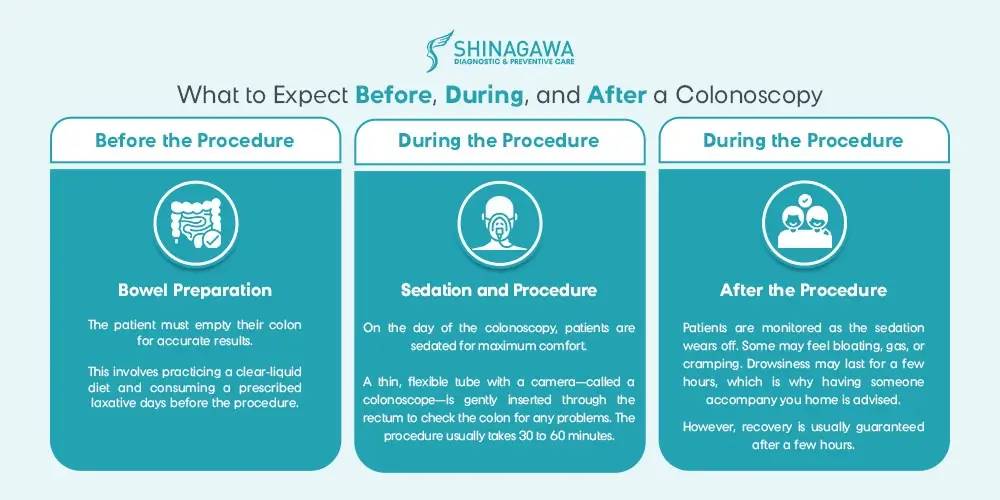
What goes before, during, and after a colonoscopy
- Bowel Preparation
Days before the colonoscopy, patients are required to undergo bowel preparation, which typically involves following a clear-liquid diet and taking a prescribed laxative solution the day before the procedure to completely empty the colon. This step is essential for accurate results, though it may cause temporary bloating, cramping, or frequent bowel movements. - Sedation and Procedure
On the day of the colonoscopy, patients are usually sedated while a colonoscope (a long, flexible tube with a camera at the end) is inserted through the rectum to examine the inner lining of the colon for polyps, inflammation, or signs of disease. The process typically lasts 30 to 60 minutes. - After Colonoscopy
After the colonoscopy, patients are monitored in a recovery area as the sedative wears off, and mild side effects such as bloating, gas, or cramping may occur. It’s also common to feel drowsy for several hours, so having a companion to drive them home is encouraged.
If a biopsy was taken or polyps removed, there might be minor rectal bleeding, but serious complications are rare. Most people can resume normal activities by the next day, unless advised otherwise by their doctor.
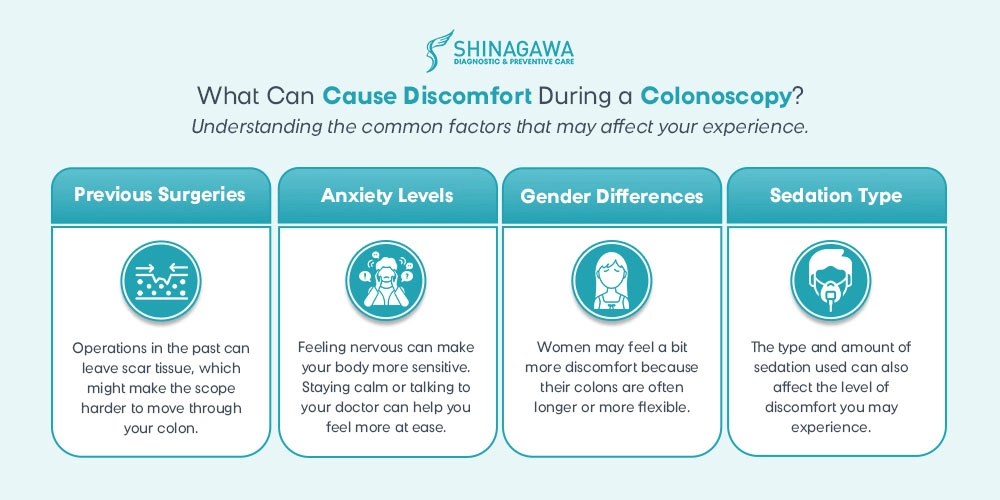
Factors that can influence discomfort
- Previous Surgeries: Scar tissue or changes in anatomy can make the procedure more difficult.
- Gender Differences: Studies show women may report slightly more discomfort, possibly due to a longer or more mobile colon.
- Anxiety Levels: Nervousness can increase pain sensitivity. Relaxation techniques or speaking openly with your doctor can help.
- Sedation Type: The type and amount of sedation used can also affect the level of discomfort experienced by the patient.
The role of sedation
Sedation is typically offered as a standard part of the colonoscopy process. It is usually administered through intravenous (IV) medication to ensure a more comfortable experience.
There are two common types of sedation used during a colonoscopy. With moderate sedation, you remain awake but feel relaxed, calm, and slightly drowsy. In contrast, deep sedation, often administered with propofol, places you in a light sleep, allowing you to remain completely unaware of the procedure and unlikely to feel or remember the discomfort.
According to a 2023 global review, over 98% of patients who underwent colonoscopy with sedation reported no significant pain during the procedure. When sedation is used properly, the procedure is generally not painful.
In rare cases, some patients choose to undergo colonoscopy without sedation. This decision may stem from personal preference, medical conditions, or concerns about allergic reactions. While unsedated patients may feel pressure, cramping, or bloating, certain techniques can help reduce discomfort.
These included water-assisted colonoscopy and carbon dioxide (CO₂) insufflation instead of air. Studies have shown that these methods can significantly lower pain scores, even among those who forgo sedation.
If you’re considering a non-sedated procedure, it’s important to discuss this with your doctor. While unsedated colonoscopy is an option, most patients tolerate sedation well and find the experience much more comfortable with it.
The Benefits Far Outweigh the Discomfort
As mentioned, colorectal cancer is a major health problem but not just in the Philippines. Globally, it is the second leading cause of cancer-related deaths.
Most colon cancers start as small, benign polyps that can be detected early and removed during a colonoscopy long before they become cancerous, highlighting the critical importance of this procedure.
Fear of pain should never stand in the way of good health. If you’re experiencing symptoms such as blood in your stool, changes in bowel habits, or unexplained weight loss, it’s important to get screened as soon as possible
Shinagawa Diagnostic & Preventive Care: Your Partner in Health
In countries like Japan, colonoscopies are a routine part of comprehensive health checkups and have played a key role in the early detection and prevention of colorectal diseases. As a clinic committed to upholding strict Japanese medical standards, Shinagawa Diagnostic & Preventive Care aims to bring that same level of excellence to the Philippines.
Whether availed as a standalone service or included in one of our packages such as the VIP Shinagawa Dock, our colonoscopy is performed by a team trained by renowned Japanese medical experts. This ensures that each procedure is conducted with precision, safety, and patient comfort in mind.
Frequently Asked Questions (FAQs)
No. With proper sedation, most people do not feel any pain during the procedure.
Yes. Speak with your doctor about sedation levels and options that suit your health and comfort.
Most discomfort, such as bloating or gas, resolves within a few hours.
Yes, once you’re fully awake and alert, you can start eating again—usually within a couple of hours.
Yes. It is considered one of the safest procedures in preventive healthcare, with rare complications.
Citations and Resources
Shinagawa Diagnostic & Preventive Care is committed to delivering accurate, reliable, and up-to-date health information. All content published on our platform is grounded in evidence-based research and reviewed by qualified professionals where applicable.
To support our articles, we reference authoritative sources such as peer-reviewed medical journals, official health organizations (e.g., World Health Organization, Department of Health Philippines), and expert guidelines. Where appropriate, we also include data from trusted research institutions and clinical studies.
Our goal is to provide well-researched content that empowers you to make informed choices about your health, diagnostics, and preventive care.
Resources Used in This Article
- PubMedCentral. “Sedated vs unsedated colonoscopy: A prospective study, https://pmc.ncbi.nlm.nih.gov/articles/PMC4009549/”
- ClinicalEndoscopy. “Painless colonoscopy: fact or fiction?, https://e-ce.org/journal/view.php?number=7882”
- MDPI. “Unsedated or On-Demand Minimally Sedated Water-Aided Outpatient Colonoscopy in Colorectal Cancer Screening and Surveillance: A Step Forward or Backward? Experience from Daily Practice in a Regional (Nonacademic) Hospital, https://www.mdpi.com/2075-4418/14/22/2596”
- Baishideng. “Colonoscopy, pain and fears: Is it an indissoluble trinomial?, https://www.wjgnet.com/1948-5190/full/v6/i6/227.htm”
- GieJournal. “Automated electronic health record–based application for sedation triage in routine colonoscopy, https://www.giejournal.org/article/S0016-5107(23)00240-7/fulltext”
Book an appointment now
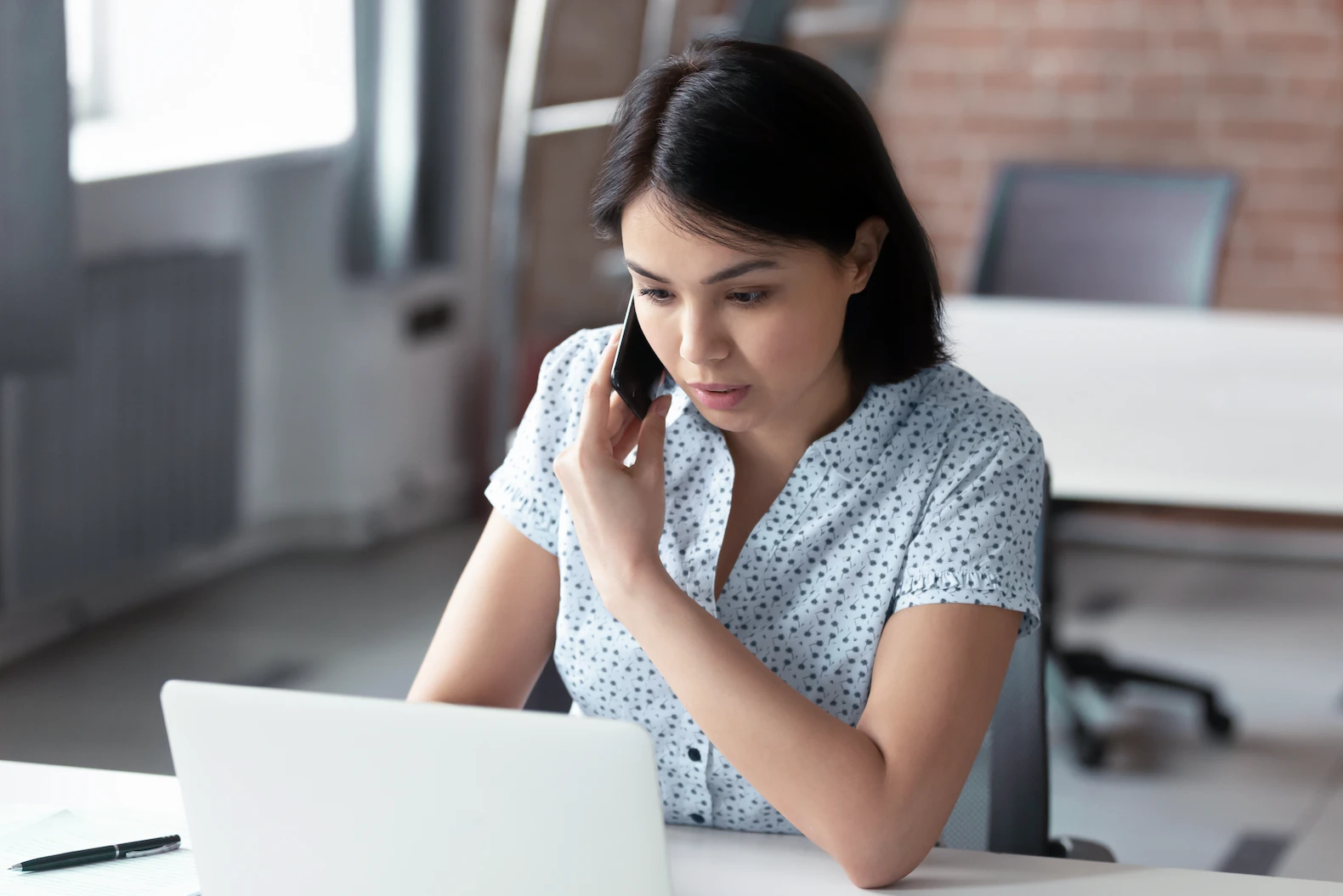
Inquire
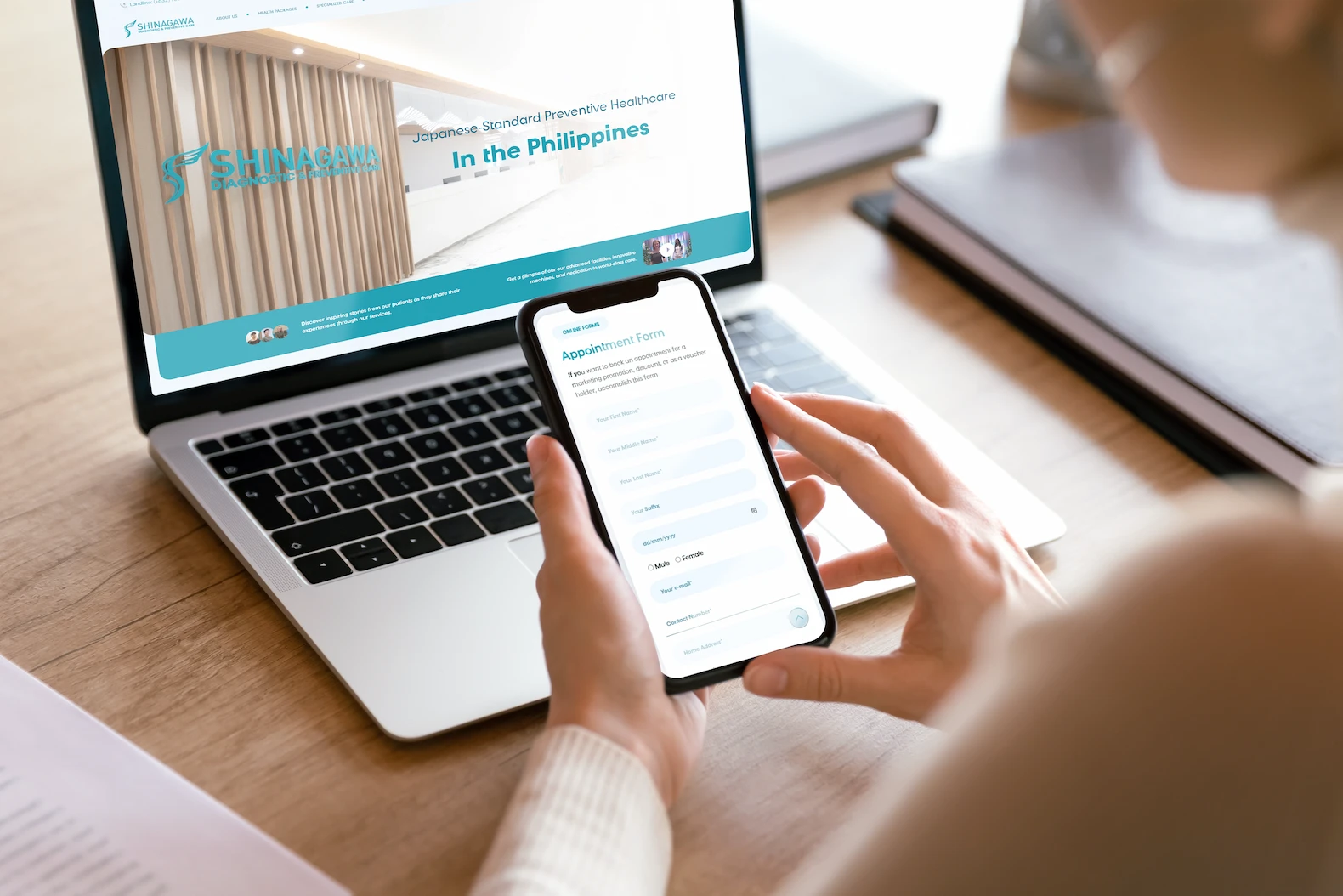
Book


